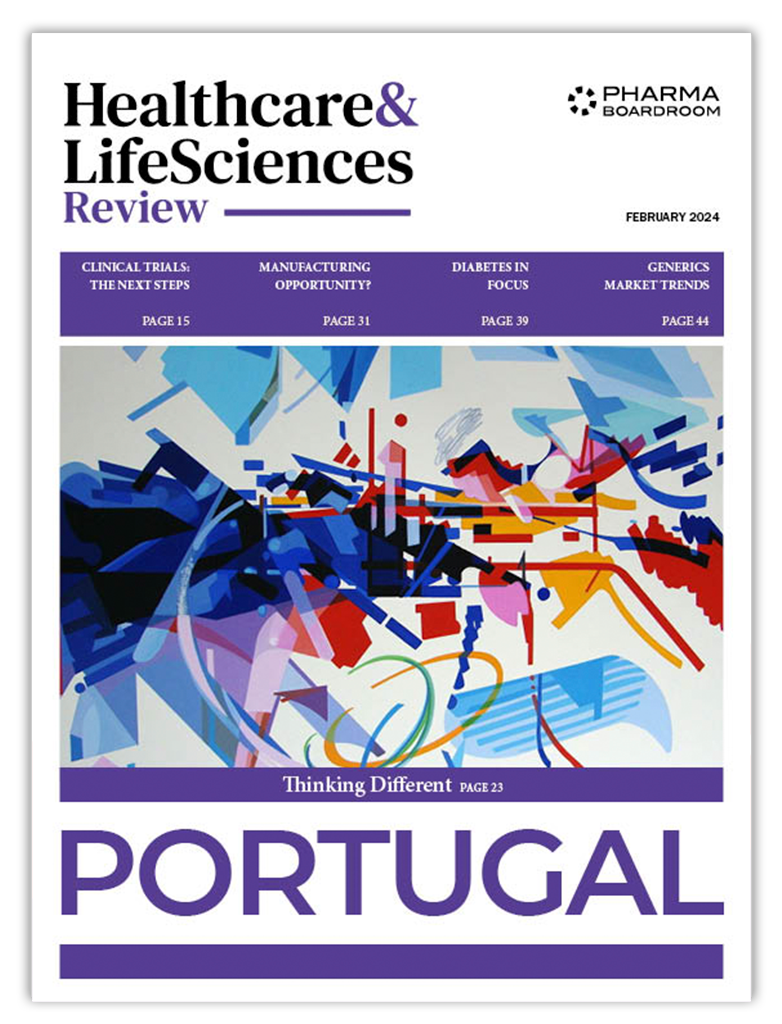Arshia Bhandari of patient safety thought leadership forum PhVFIT examines how India is embracing a more patient-centric healthcare model via the implementation of a national patient safety implementation framework.
In April 2018, the India Ministry of Health and Family Welfare launched the National Patient Safety Implementation Framework 2018-2025 (NPSIF), a comprehensive guideline and roadmap toward strengthening the safety of patients in India that also aligns with India’s goal of universal health coverage by 2030.
Prepared after extensive research by experts, the NPSIF outlines the gaps, scope, and way forward for strengthening patient safety in India through a seven-year plan that outlines strategic objectives and a communication strategy to implement the framework at all levels of healthcare in India. Six strategic objectives, clearly defined with 21 priorities and 81 interventions, address implementation of this framework.
“Patient safety is everyone’s responsibility.” This statement in the introduction to the framework underscores the importance of every stakeholder’s contribution to patient safety: central and state governments, patient and consumer rights groups, professional associations, medical education institutions, agencies for quality and accreditation, healthcare providers at public and private healthcare facilities of all sizes and functions, millions of patients and their families, and the surrounding community.
Careful analysis of the current patient safety situation in India provided in section 1 proves helpful in understanding current gaps and potential paths forward. One of these key gaps is that the “laws, regulations, policies and strategies on the quality of care do exist in the country, however they are largely fragmented.” NPSIF is an effort to address this issue by bringing all patient safety initiatives under one umbrella and working to ensure that quality-assured and safe healthcare is delivered to patients across all modalities of provision (prevention, diagnosis, treatment, and follow-up).
Progress on NPSIF implementation has been steady, albeit slowed by the priority focus on responding to the COVID-19 pandemic during the past two years. Although the overall framework is too broad to fully address here, several initiatives taken toward its implementation deserve mention.
The strategic objectives in NPSIF include establishing institutional frameworks/mechanisms for patient safety, assessing scale of adverse events and establishing reporting and learning systems, building a competent healthcare workforce, preventing and controlling healthcare-associated infections, implementing patient safety campaigns to strengthen patient safety across all clinical programs, and promoting patient safety research.
NPSIF enumerates concrete action plans to further strengthen each patient safety key priority area: safe surgical care, safe injections, medication safety, safe childbirth, blood safety, medical device safety, and safe organ, tissue, and cell transplantation and donation. This seven-year plan (2018-2025) includes detailed timelines for implementing the framework for all these priority areas.
An overarching national framework under which states are given flexibility to design their own institutional mechanisms and modalities for quality and safety in the public and private sectors has been recommended to establish the institutional framework. State and union territories have been directed to constitute patient safety committees at state and district hospitals, subsuming existing committees on infection prevention and control and biomedical waste management. States have also been directed to develop a State Patient Safety Action Plan and to include patient safety components in state program implementation plans (PIP) under Quality Assurance. States must also develop mechanisms to redress patient safety grievances and to report patient harm incidents under the National Health Mission.
Antimicrobial resistance (AMR) is a major public health challenge and is recognized as a high-priority area by the government of India. To support the creation of Antimicrobial Stewardship Program (AMSP) structures and processes in healthcare institutions across the country, the Indian Council of Medical Research (ICMR) released Antimicrobial Stewardship Program (AMSP) guidelines in November 2018 and initiated various activities including development of an AMSP curriculum, research projects, and awareness workshops for healthcare institutions.
To strengthen the quality assurance and accreditation mechanism for public and private healthcare facilities, efforts are underway to expand the applicability/coverage of quality certification/accreditation and to strengthen existing quality standards by more adequately incorporating patient safety requirements in their assessment criteria. Minimum patient safety indicators and standards are being defined and incorporated by accreditation agencies (National Health Systems Resource Center [NHSRC], National Accreditation Board for Hospitals & Healthcare Providers [NABH] and for Testing & Calibration Laboratories [NABL]) in their respective assessment criteria for quality accreditation.
The fifth edition of NABH accreditation standards for hospitals released in April 2020 replaced the chapter on continuous quality improvement with a chapter on Patient Safety and Quality Improvement to increase the focus on the critical aspect of patient safety in healthcare and ensure that national and international patient safety goals and solutions are being implemented in healthcare facilities. One important recommendation is to implement a robust incident reporting and learning system with well-defined sentinel events in every accredited hospital.



